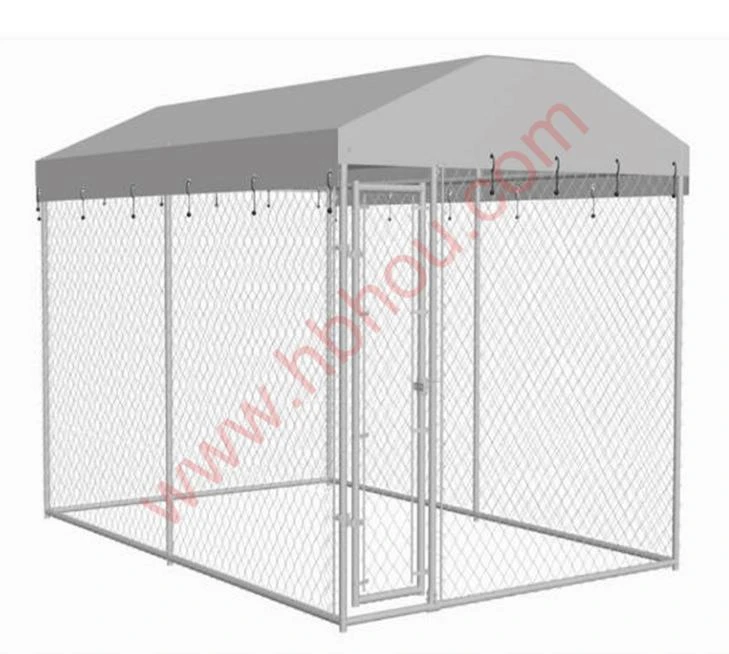The Essential Guide to Soldering Iron and Copper Wire
Soldering is a crucial skill in electronics, enabling the connection of various components to create functional circuits. One of the most common tools in this process is the soldering iron, used primarily to join copper wires and other electronic components. Understanding the relationship between soldering irons and copper wire is essential for anyone entering the world of electronics or DIY projects.
What is a Soldering Iron?
A soldering iron is a handheld tool that heats up to melt solder, a fusible metal alloy, which is used to join pieces of metal together. The most commonly used solder in electronics consists of tin and lead, although lead-free alternatives are increasingly popular due to health and environmental concerns. When a soldering iron is heated, it reaches the required temperature to melt solder, allowing it to flow into the joint between two copper wires or other materials, creating a strong electrical connection.
Types of Soldering Irons
There are various types of soldering irons available on the market, each suited for different tasks. The most common types are
1. Basic Soldering Irons These are often inexpensive and suitable for beginners. They typically have a fixed temperature and are adequate for basic soldering tasks.
2. Temperature-Controlled Soldering Irons For more advanced work, temperature-controlled soldering irons allow the user to set a specific temperature, which is ideal for soldering delicate components that might be damaged by excessive heat.
3. Soldering Stations These are more professional setups that include a soldering iron, a power supply with adjustable temperature, and often additional features like integrated sponges for cleaning the tip.
Choosing the Right Copper Wire
soldering iron copper wire

In soldering, the type of copper wire used is just as critical as the soldering iron itself. Copper wire comes in various gauges (thicknesses), measured in American Wire Gauge (AWG). Selecting the appropriate gauge depends on the current the wire will carry and the physical space available in the project. Thicker wires (lower AWG numbers) are used for high-current applications, while thinner wires (higher AWG numbers) are suitable for less demanding tasks.
Moreover, the insulation type of copper wire should also be considered. Insulated copper wires are coated with materials like PVC or polyethylene, which prevent short circuits. For soldering, ensuring that the exposed copper is clean and free from oxidation is essential for a strong bond.
The Soldering Process
When using a soldering iron with copper wire, the process generally involves
1. Preparation Cut the copper wire to the desired length and strip the insulation from the ends to expose the metal.
2. Tinning Heat the soldering iron and apply a small amount of solder to the tip before touching it to the exposed copper. This process, known as tinning, helps with heat transfer.
3. Joining Position the two copper wires to be soldered together. Heat the joint with the soldering iron, then apply solder. The solder should melt and flow into the connection, forming a solid joint.
4. Cooling Remove the heat and allow the solder to cool undisturbed, as movement can create a weak joint.
Conclusion
Mastering the use of a soldering iron with copper wire opens up a world of possibilities in electronics. Whether you’re repairing a circuit, building a new device, or exploring hobby projects, understanding the tools and materials involved will significantly enhance your soldering skills. Remember to prioritize safety, work on a clean surface, and practice regularly to refine your technique. With time and effort, you'll find that soldering becomes a valuable and enjoyable skill.
















